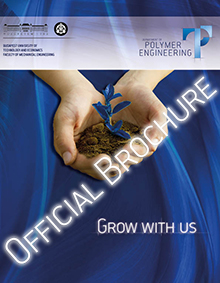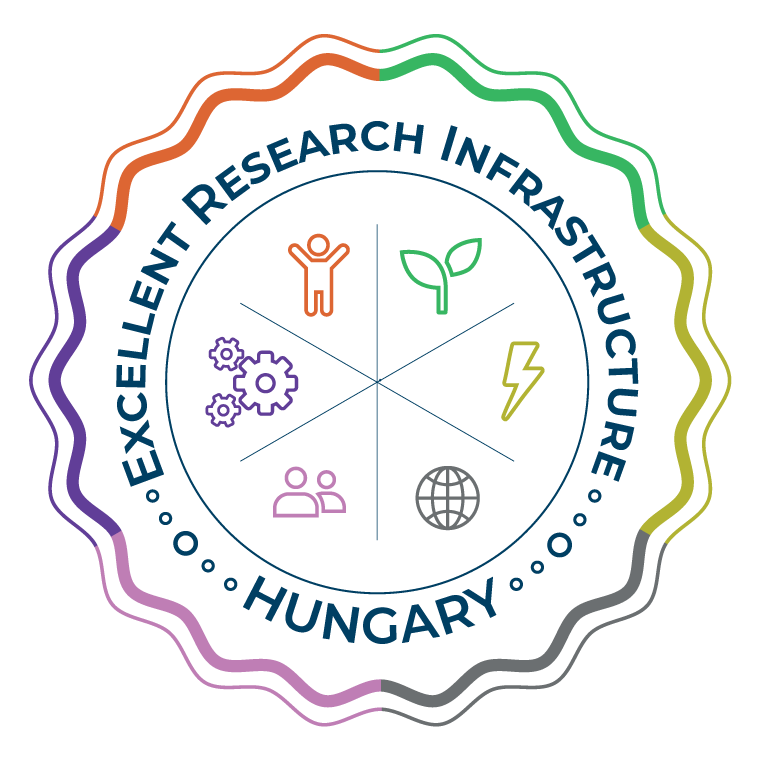Developing advanced technologies for processing and energy recovery for municipal solid waste
Project ID:
2019-1.1.1-PIACI-KFI-2019-00200
Supported by:
Hungarian National Research, Development and Innovation Office (NKFIH)
Term:
1 January 2020 - 31 December 2022
Supervisor (BME):
Dr. Kornél Pölöskei
Participant researchers (BME):
Dr. Kornél Pölöskei
Dr. Tamás Bárány
Consortium partners (BME):
3B Hungária Kft. (Konzorciumvezető)
BME GPK Áramlástan Tanszék (BME témavezető)
BME GPK Energetikai Gépek és Rendszerek Tanszék
Project summary
Only in Hungary 2.7 million tons of municipal solid waste is generated annually and the majority of that is landfilled. According to the
World Bank’s data more than 2 billion tons of municipal solid waste (MSW) is generated worldwide (0.75 kg/day/person) and that
amount is continuously increasing: in 2050 3.4 billion tons/year is probable. There are not enough capacities for utilizing the
secondary solid fuel fractions, having high heating value, derived from the waste in the existing utilities, which makes worse the
Hungarian situation. There is a need in the international market for systems processing the mixed collected municipal solid waste that
are able to accommodate in a flexible way to the various waste compositions appearing in different countries. The selective collection
practice varying in time makes more complex the situation in point of view of the packaging materials. The energy utilization of the
MSW needs multiple and complex process steps: grinding, sieving, separation of the ferrous and non-ferrous metals, separation of the
inert and the unwanted materials (e.g. PVC). During the waste processing it is problematic if the waste is heterogeneous and multi
phased. In such case the first step of the process is the sorting. If the multifarious material were packaged in a body during the
process of waste treatment the recycling would became impossible. The sorting processes have enormous human work and energy
needs and actually it would be economical only if the resulting materials of the sorting have enough value in a separated,
homogenous state for the concerned process manufacturing industry. We are developing a technology that helps the circular
economy, the local energy utilization and the EU directives related to the landfilling. 3 highlighted areas: Automated sorting of the
incoming waste: classification by density based on air technology, which sorts some components of the waste in a targeted way. The
separator’s capacity will be increased and the precision of the classification will be enhanced. The filtering of the air used in the air
technology classification will be worked out thereby the dusting can be avoided. The air classification is equipped by sensors in order
to make the operation and controllability of the engine more accurate. Through the developed separation technology the materials
recyclable to the economy as secondary raw materials can be sorted effectively. 2)After the separation of materials recyclable as
secondary raw materials when the remaining waste has been dried out we produce from that a solid secondary fuel. The drying
technology of the waste will be elaborated of the highest available energy utilization indices. 3)From the solid secondary fuel a gas of
high heating value will be basically obtained by thermal process. By this gas heat will be generated, which is utilized in district
heating systems, on the other hand electricity will be also produced. The gas and slag treatment will be also managed. The thermal
process will be developed further so the order of magnitude of the actual processing capacity will be increased in order to serve the
larger settlements in a reliable way. The leader of the consortium (3BH) has got a significant experience in the installation and
development of waste processing facilities. It built the first sorting facility in Hungary in 2001. In the next 14 years it realized 64
waste processing facilities then it delivered the technology to 5 MSW preparatory plant. The consortia project partner of 3BH is the
Budapest University of Technology and Economics. The cooperating departments of BME have got special knowledge and laboratory
infrastructure on the field of process engineering, measurement technology and material science recognized by the industry. BME
supports the aims of the project in a suppletory way on the fields of separation technology, drying technology and combined heat and
power generation (CHP) using fuel from waste processing.
Project results
Section 1
1 January 2020 - 31 December 2020
We have developed energy flow diagrams and energy balances to evaluate the energy potential of RDF, the different mechanical solutions of the utilization, taking into account the utilization of the by-products. We evaluated the environmental impact related to the different solution variants, the measurement requirement for pollutant emissions, with special regard to pyrolysis. Numerical thermal and flow modeling was used to reveal the details of the processes inside the pyrolysis reactor and to investigate the effect of the steel ball set to be used as the heat transfer medium. Preliminary experiments were performed on representative RDF samples to contribute to the design of a future pyrolysis plant. We modeled the chemical transformation of RDF. We established the operational optimization of the pyrolysis reactor based on numerical modeling.
Preliminary experiments were performed on wastes to determine physical characteristics. Numerical flow modeling was performed to explore the details and increase the efficiency of the HVAC separation, with special regard to the novelty-containing details. Based on the modeling, we proposed to smooth the velocity distribution of the slit nozzle. We have developed two alternative concepts to replace the large settling chamber currently used for 2D product / air separation: vacuum belt and rotary cell technology. For the SWOT analysis of these, we designed, built and operated experimental equipment, based on the results of which we chose the vacuum belt technology. Based on multi-level design and procurement work phases, the new 5F experimental separator equipment is currently in production.
Section 2
1 January 2021 - 31 December 2021
The tasks of the second milestone, such as the detailed examination of the parameters and operation of the auger with the help of simulations, based on forward-looking measurement results and operational experience, show that the resulting pyrolysis gas in the current reactor does not improve significantly with atmospheric conditions. The heat content of the resulting pyrolysis coke cannot be utilized according to 3BH's current plant-level plans, which requires a gasifier. Exhaust emissions from the gas burner are excessive and do not comply with any applicable national and European emission regulations. With the help of our mentioned simulation toolkit, we realized that a more efficient, extremely low-emission burner system could be made, and the main geometrical dimensions required for production were handed over to 3BH. Thus, it is only necessary to concentrate on the separation of components that are formed even in the case of perfect combustion, so that the given pollutants are destroyed by combustion or are not formed due to improper combustion.
3BH made the decision in favor of the settling chamber technique. Based on the experiments, we derived numerical guidelines, empirical data and collected operational experience for the ventilation design of the plant 5F separator, in the following aspects: sedimentation chamber size, ventilation and exhaust ventilation characteristics, nozzle angle, control ranges. Based on our experience, we have prepared the ventilation design of the plant 5F equipment.
We have collected RDF-specific numerical data and gained operational experience to lay the groundwork for the design of the plant’s RDF belt dryer, which will be manufactured in a 3BH slatted structure.
Section 3
1 January 2022 - 31 December 2022
Improving the performance of the pyrolysis reactor served a dual purpose. The first is to increase gas output, which enables higher operating temperatures. However, the steel frame used could not maintain its original integrity due to the corrosive materials from the RDF and the high temperature. In conclusion, a quality steel structure that exceeds the usual thermal technical aspects is necessary for those places that come into contact with RDF. We increased the length of the reactor, but this had a significantly smaller effect on operation than expected. The previously planned RDF load of 200 kg/h could not be realized, due to the non-linear scaling of the technology. Since it is not only necessary to increase the reactor volume, but also to increase the heated surface, it was concluded that in the market utilization that requires a higher load, it will be necessary to use a multi-screw solution, or several units must be used in parallel. Uniform gas production in the case of several reactors requires a buffer tank and non-return valves. The most efficient energy production solution can be achieved by using a gas engine.
In relation to the 5F separator equipment, we completed the following work phases: participation in the "B" phase of the plant experiments to model the actual industrial plant, to derive numerical data qualifying the plant; participation in the further development and finalization of inlet side components and applied technological solutions; the development of a relevant method of product separation from the air stream after the Coanda drum in industrial conditions: a moderate-sized sedimentation chamber with targeted extraction; participation in the development of the basic concept brought to the market in terms of air-technical instrumentation and regulation.
The drying concept plan establishing the industrial application was realized; exploring alternative solutions; development of drying technology, in a way that establishes the industrial a
© 2014 BME Department of Polymer Engineering - Created by: Dr. Romhány Gábor






